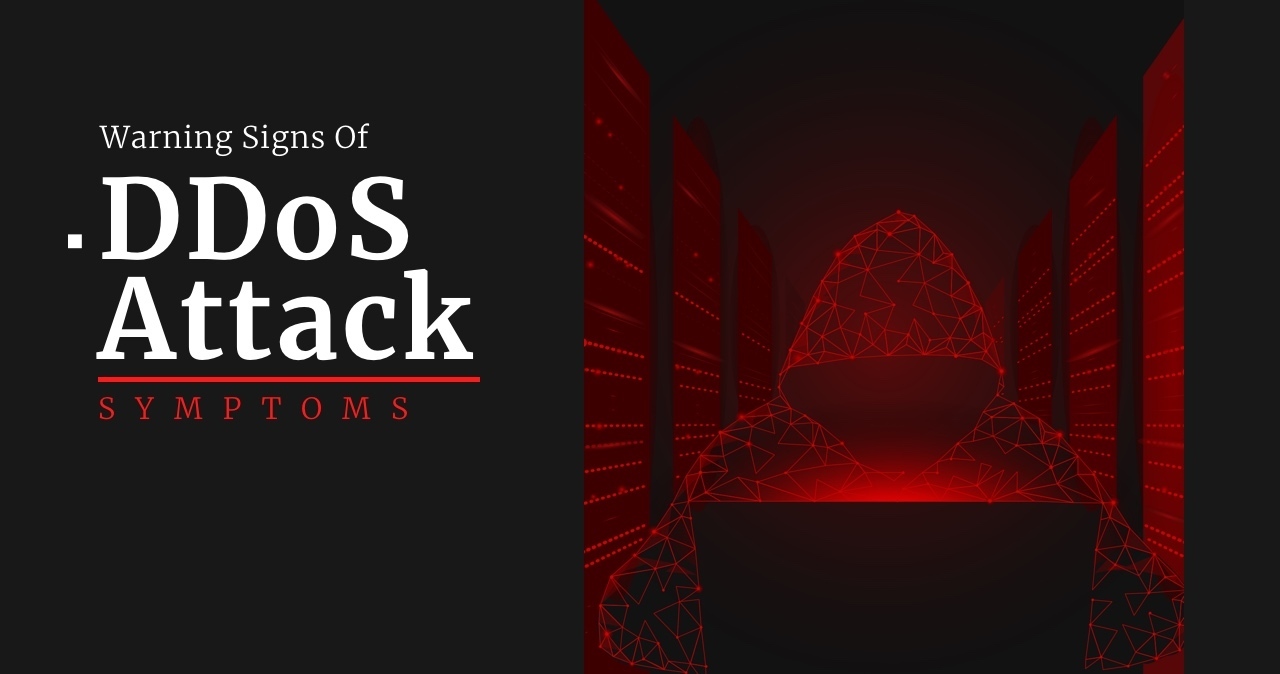DDoS attacks can sometimes have devastating effects on various internet users. This particular type of cyber threat can put on hold different internal operations, create negative relationships with customers, and generally make websites inaccessible.
DDoS Attacks Target Businesses And Ordinary Users
Not only various businesses suffer from DDoS attacks but also ordinary users can sometimes fall into victims of the cyber threat. But before you know that you’ve been struck with a DDoS you should know that there are some common symptoms of what is about to happen.
This type of attack can sometimes be hard to distinguish from common network activity, but several most prominent signs of an ongoing DDoS attack may hint that you have one.
How Will I Know I Have DDoS Attack
The best way to know for sure you are experiencing a DDoS attack is to apply certain tools for detection of this cyber threat.
Network traffic monitoring and analysis are the methods by which you can see if the danger comes from a potential DDoS attack. These methods can be implemented via intrusion detection systems or firewalls.
Usually administrators create a set up of rules that will issue an alert anytime some anomalous traffic load is detected. These rules show the source of the traffic and won’t accept network packets with certain criteria.

But sometimes symptoms of DDoS attack can be mistaken for some technical problems on some particular network or the reason for DDoS suspicion may be a system administrator performing maintenance.
It’s important to note! Specialists advise that if you are suspecting an ongoing DDOS attack it will be wise to keep an eye on other services, assets, or hosts that also reside on your network.
Because often threat actors do the deflection maneuver to take your attention away from the intended target.
Symptoms That May Indicate You Have DDoS Attack
One of the most obvious symptoms of a potential DDoS attack might be sudden slowness or unavailability of a service or site but the reason for this may be a completely legitimate one — sudden legitimate rise in traffic.
Such a reason can easily create service or site availability issues so usually you would need to investigate further to know for sure you are currently experiencing a DDoS attack.
To be concise, you can experience symptoms both general and those that get detected only by specialized tools.
Traffic analytics tools may indicate that you have a DDoS attack if you see the next:
- You see that the sudden large amounts of traffic come at unusual hours when normally you wouldn’t have traffic peaks like this high. In addition to this, you noticed that time patterns of suspicious traffic peaks seem to be unnatural like some peaks appear every ten or five minutes;
- Oddly, traffic began to be redirected only to some specific page or endpoint;
The suspicious large amounts of traffic come from users with the same behavioral profiles like geolocation, web browser version, device type, etc. - You also noticed that the suspicious traffic comes from a single IP address or the same IP range.
But there are of course more specific symptoms which depend on the type of DDoS attack you’re experiencing.
In its turn, more general “prosaic” symptoms that will hint at the ongoing DDoS attack are the next:
- Slowed down performance of a computer. Sometimes threat actors decide to conduct DDoS attacks only on some specific machine. In such a case the user of the specifically chosen target will experience significantly slowed down performance of the computer.
It may take an eternity to perform some routine tasks as the targeted machine is overloaded with malicious requests; - Slow work of servers. It’s worth mentioning that not always the slow performance of servers mean a DDoS attack. It could be a natural traffic peak from some breaking news or the equipment showing symptoms of a DDoS attack could be just old.
But the reason, of course, can also be a DDoS attack that takes minutes for the server to respond or it doesn’t respond at all. When you attempt to navigate you receive a ‘too many connections error ‘ - Sudden increase in the number of emails received. You or your coworkers may in addition notice the increased amount of spam emails coming. During some DDoS attacks, it can as well. In another name such additional bombardment by spam emails is called a ‘mail bomb attack’. By conducting spam email resend threat actors try to create another DDoS attack pull force.
- Make sure you have a decent level of network security. This means you need to have appropriate security tools that will ensure your network won’t become an easy target for threat actors.
Have downloaded and installed firewall and intrusion detection systems that will scan all traffic coming between networks looking to filter potentially dangerous requests.
Don’t also forget about anti malware or antivirus software as often threat actors don’t limit themselves only to DDoS attacks; they might also try to deploy other various viruses or malware when attacking you; - Have established a server redundancy mechanism. Numerous distributed servers will take on themselves all the abundant traffic generated by DDoS attacks. In such a way your single host device won’t experience shutdown over a launched DDoS attack;
- Set a limit for the amount of network broadcasting. When threat actors attack you with DDoS attacks they will most likely attack all present devices on a network. To counteract such an attempt consider setting a limit of network broadcasting between all devices on the network;
- Consider creating a DDoS Response Plan. Specialists recommend that companies and enterprises have established set rules on what to do in case of a DDoS. The plans should include steps on how to keep business operations running, escalation protocols, team responsibilities, a list of all critical systems that need to be protected in the first place, and a list of all tools for contracting DDoS attacks.
How To Prevent DDoS Attack
Of course, you can’t stop a DDoS attack from being launched on you; if it is about to happen then it will surely happen. Nevertheless, you can follow some rules to help yourself reduce the risk of launch DDoS attack and mitigate its consequences:





